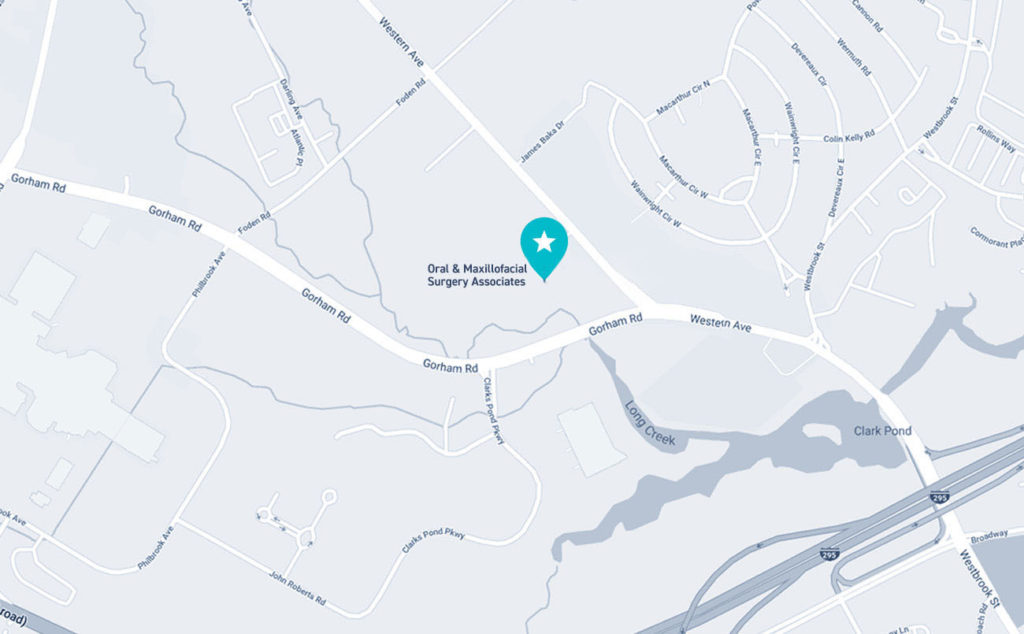People who can benefit from orthognathic surgery include those with an improper bite or jaws that are positioned incorrectly. Jaw growth is a gradual process and, in some instances, the upper and lower jaws may grow at different rates. The result can be a host of problems that can affect chewing function, speech, long-term oral health, and appearance. Injury to the jaw and birth defects can also affect jaw alignment. While orthodontics alone can correct bite problems if only the teeth are involved, orthognathic surgery may be required if the jaws also need repositioning.
Difficulty in the following areas should be evaluated:
- Difficulty in chewing, biting or swallowing
- Speech problems
- Chronic jaw or TMJ pain
- Open bite
- Protruding jaw
- Breathing problems
- Clefts
Any of these can exist at birth or may be acquired after birth as a result of hereditary or environmental influences or, trauma to the face. Before any treatment begins, a consultation will be held to perform a complete examination with X-rays. During the pre-treatment consultation process, feel free to ask any questions that you have regarding your treatment. When you are fully informed about the aspects of your care, you and your dental team will make the decision to proceed with treatment together.

